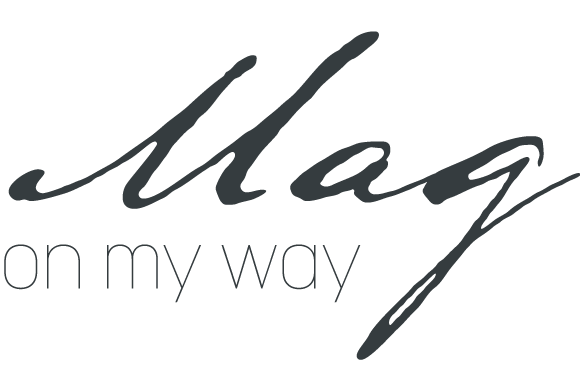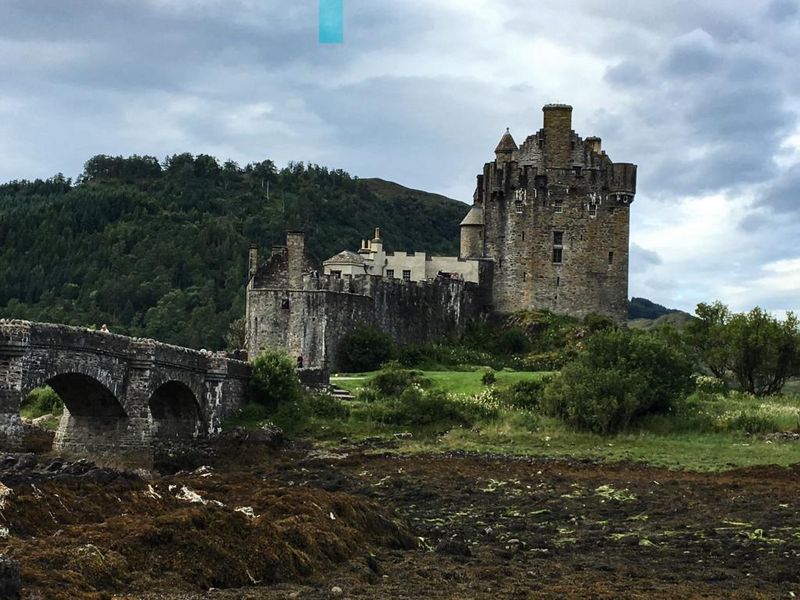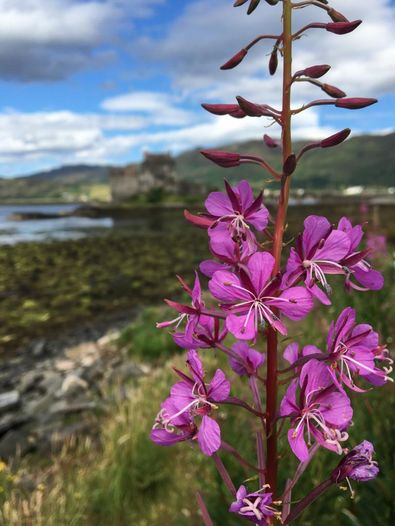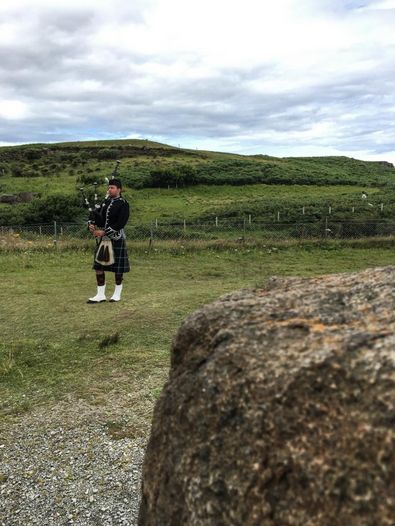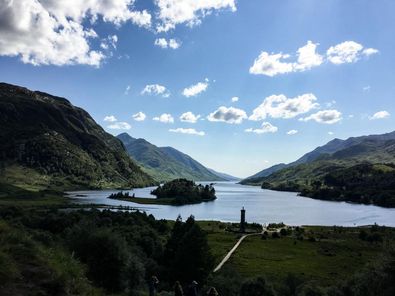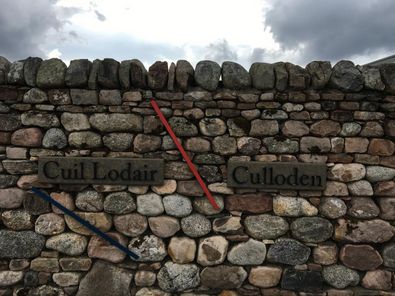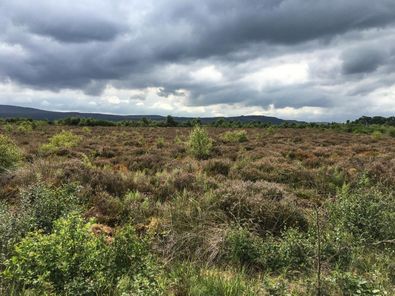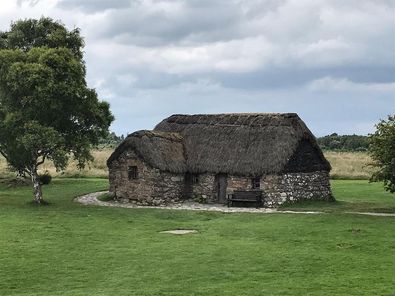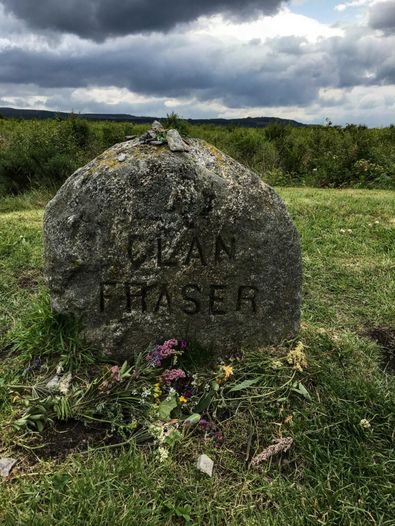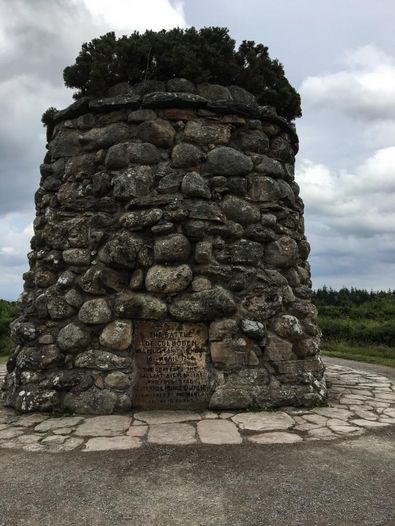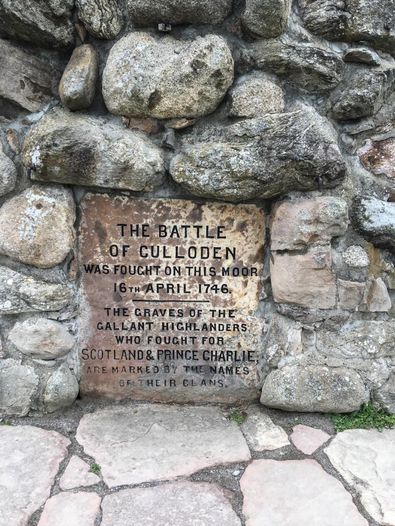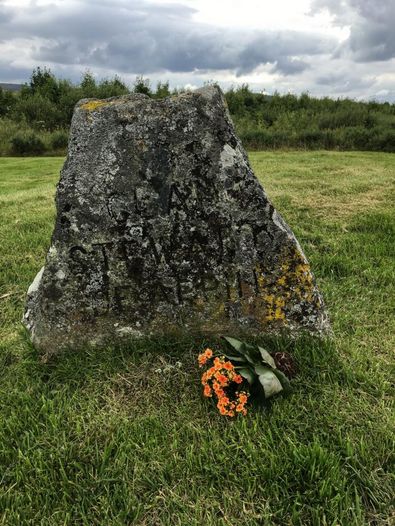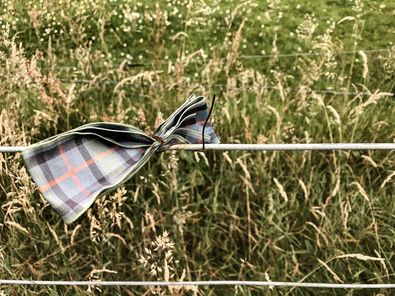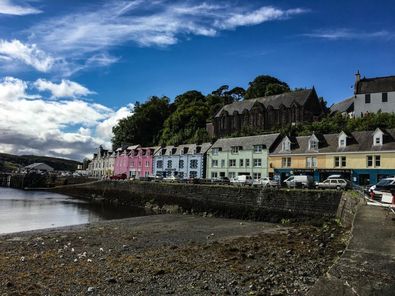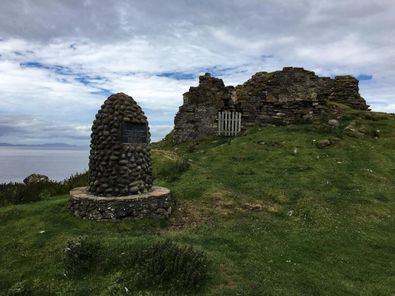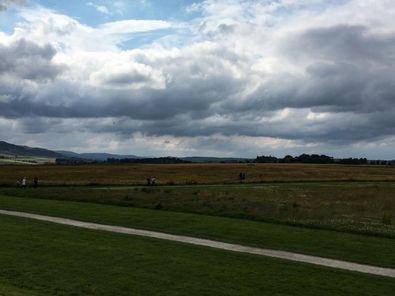Scotland vs. England
Setting up a comparison between Scotland and England is far from me, for a Scot will not be particularly amused to be compared with a Sassenach, as the English were formerly called derogatory. Although Queen Elizabeth is the common head of state and both belong to the UK, a conservative Scot still prefers to see an Englishman from behind rather than from the front. The reason lies in the history of both countries, which has always been characterized by war and confrontation.
Scotland wanted to be independent. They resist the foreign rule of the English. The Jacobites, followers of King James II, wanted to see their king back on the Scottish throne. Two attempts were made to resist. The first Jacobite rising of 1719 was rather inconsequential. The second, in 1745, influenced the history of Scotland, the clans and their traditions forever.
1745 the still very popular Charles Edward Stuart, son of King James II landed in Glenfinnan and gathered around his standard about 3000 Highlander. The prince was called Bonnie Prince Charlie among the Scots because he was a very handsome prince. He and his 5000-man army had considerable success at first, and came to England on November 8, 1745.
Wrong decisions, lack of funds, and fewer volunteers made the Jacobites return to Inverness. An increasingly miserable supply situation made some soldiers desert. Charles's army counted only 5,000 men and Wilhelm August, Duke Cumberland marched with his army on Inverness. Therefore, Charles posted his army on the nearby Culloden Moor. 8,000 infantrymen and 900 cavalrymen faced 5,000 sick, starving and poorly equipped Jacobites. After 25 minutes, the bloody battle on the Moor of Culloden was over.
Today you can visit a museum and the battlefield itself. After the defeat, the Jacobites withdrew but those who were not fast enough were executed by the cavalry in a massacre. 1,250 dead Jacobites compared to 300 government soldiers. Cumberland ordered all wounded and imprisoned Jacobites to execute. Another 450 were thereby killed. A barn full of Jacobites is said to have been set on fire. Some higher-ranking prisoners were initially spared to be later publicly hanged. Already at that time this behavior counted as barbaric.
Prince Charles escaped his English pursuers on a five-month, adventurous escape through Scotland to France. Although a high bounty was exposed to him, the Scots are still protecting their prince. He escaped as the maid Betty Burke in women's clothing, with the help of Flora McDonald who is still celebrated as a heroine today.
The highlands were controlled from now on and they acted with extreme severity against the Scots, who were suspected of supporting the uprising. There were arbitrary executions, arrests, looting and pillaging.
The traditional clan system was destroyed, their castles were burned and disarmed by force of arms and laws. Traditional clothing such as kilt and tartan were banned, which meant that parts of the Gaelic culture went under.
The Battle of Culloden was the last battle on the British Isles. It was a national catastrophe for most Scots, because the many victims, the destruction of the social order, the loss of tradition and culture have left a trauma. It was a turning point in Scotland's history. It sealed the integration of formerly independent Scotland into an English-dominated Britain.
Even 272 years after the Battle of Culloden, Scotland is not yet independent of Great Britain but in this case one final word has not been spoken yet. We can be curious.
